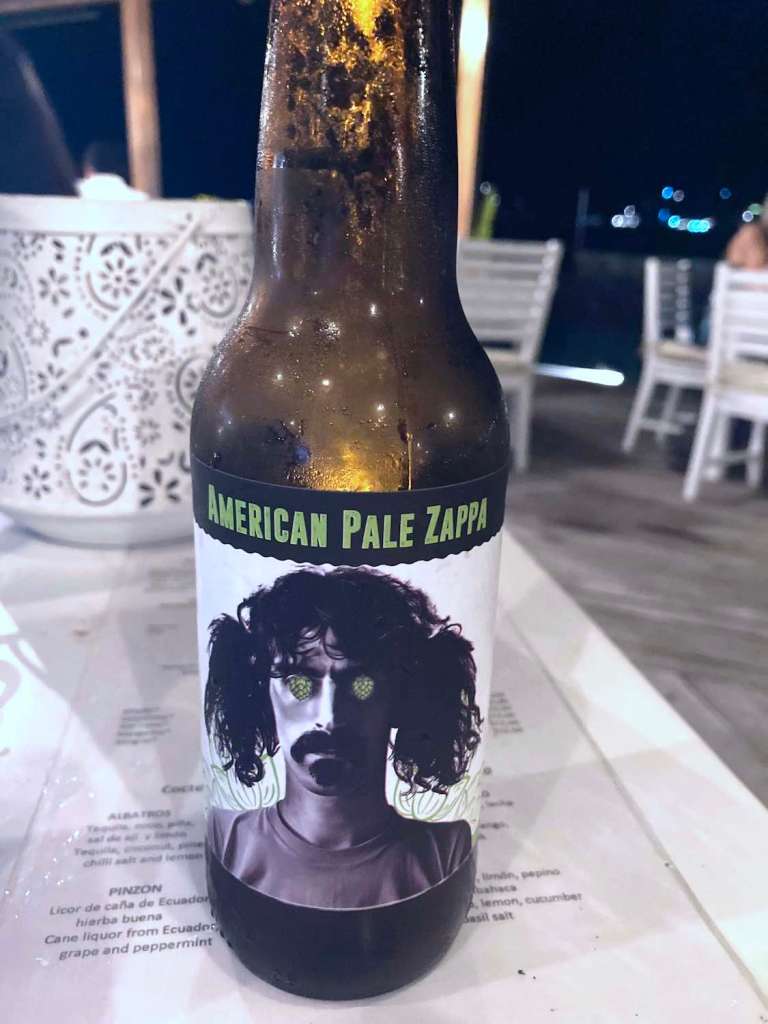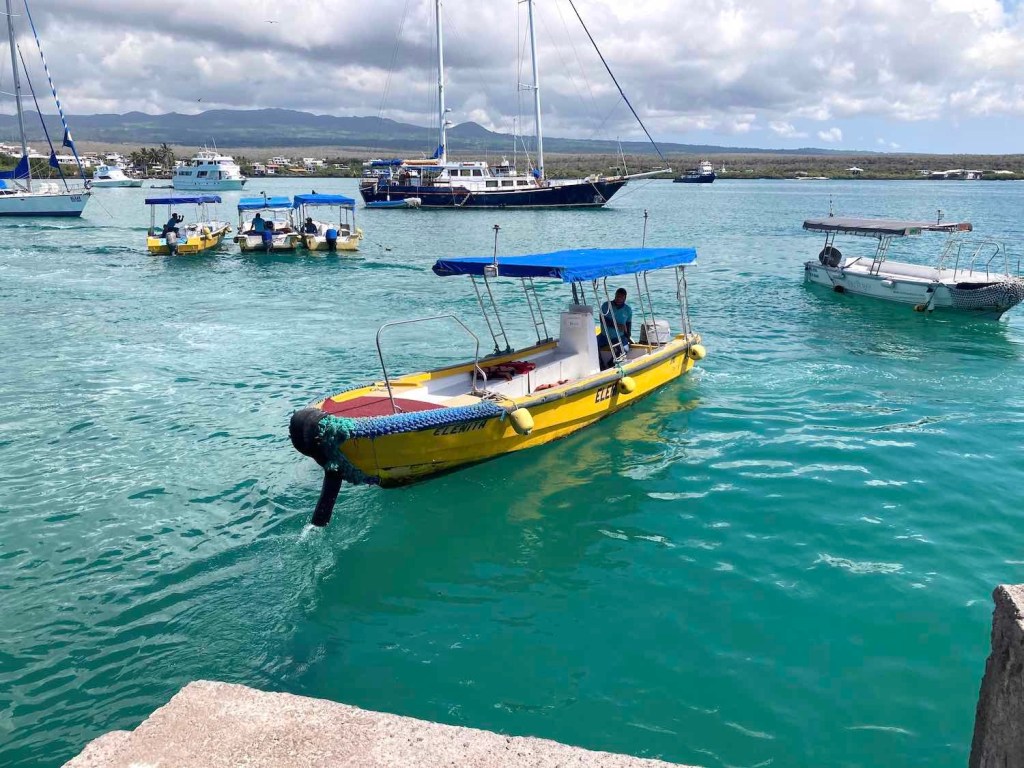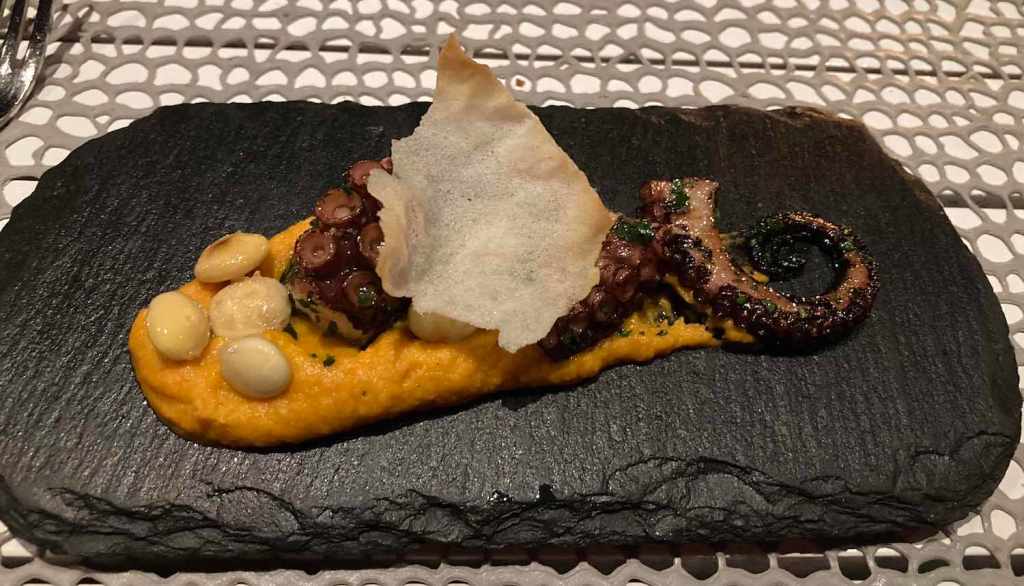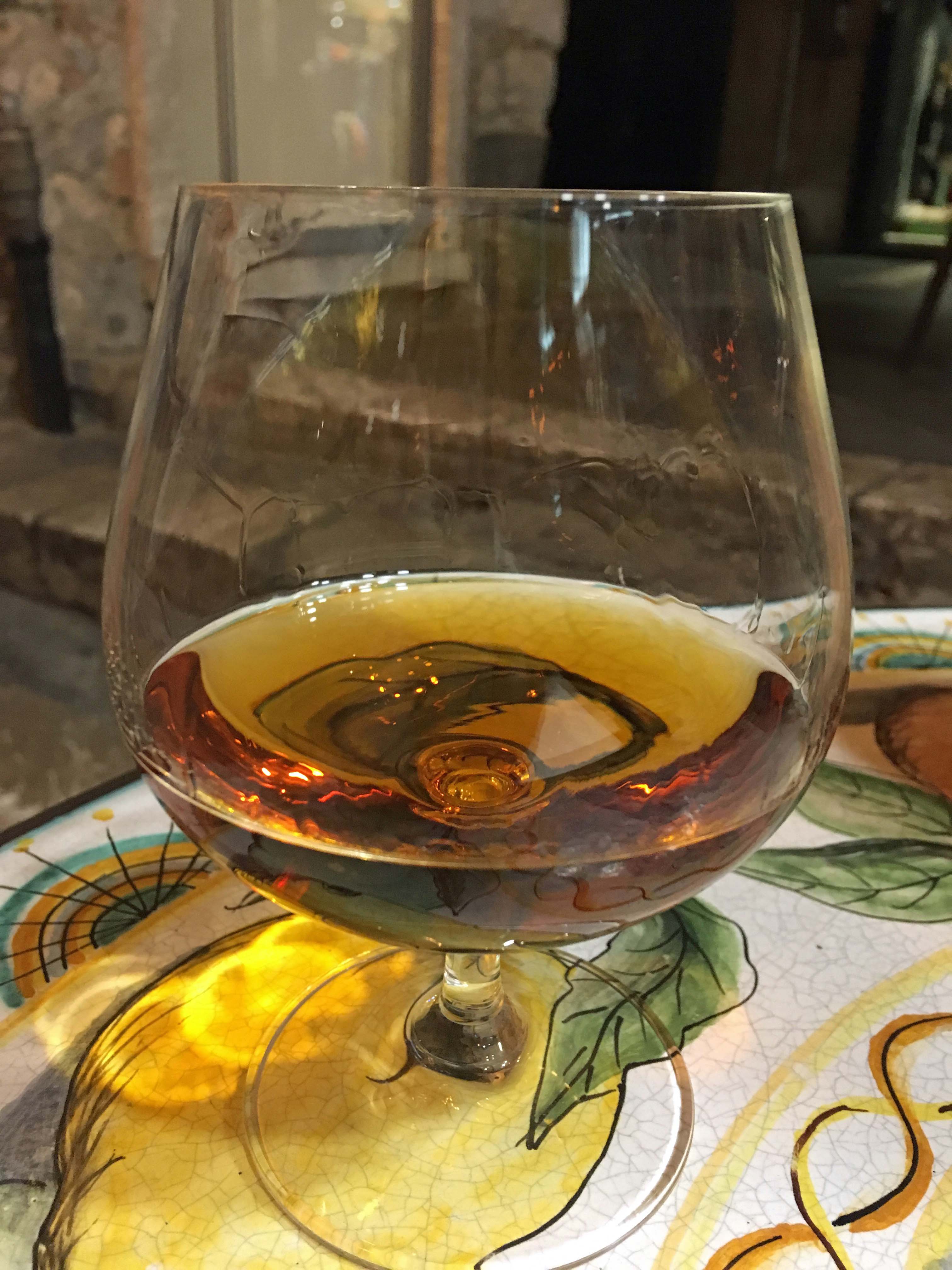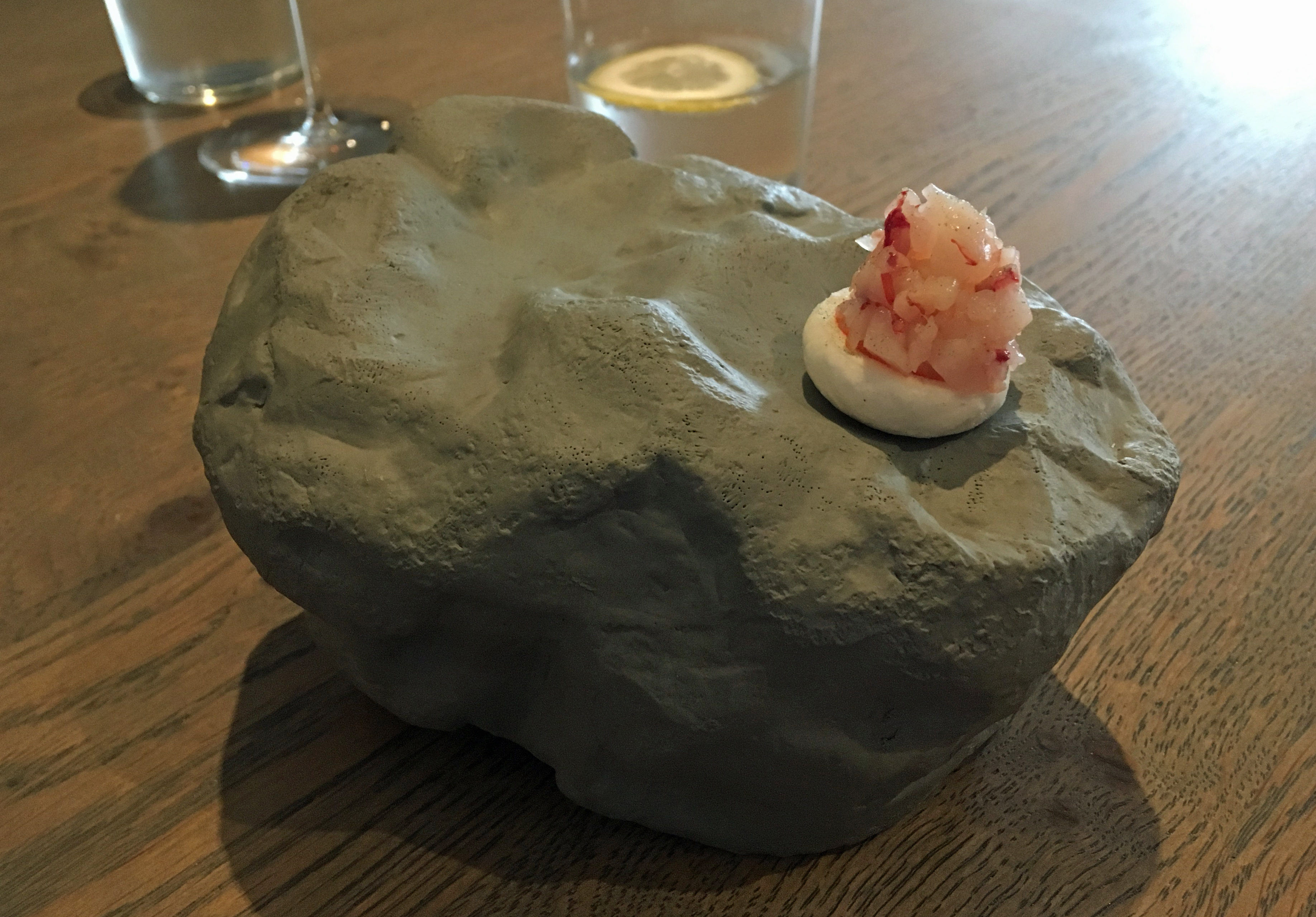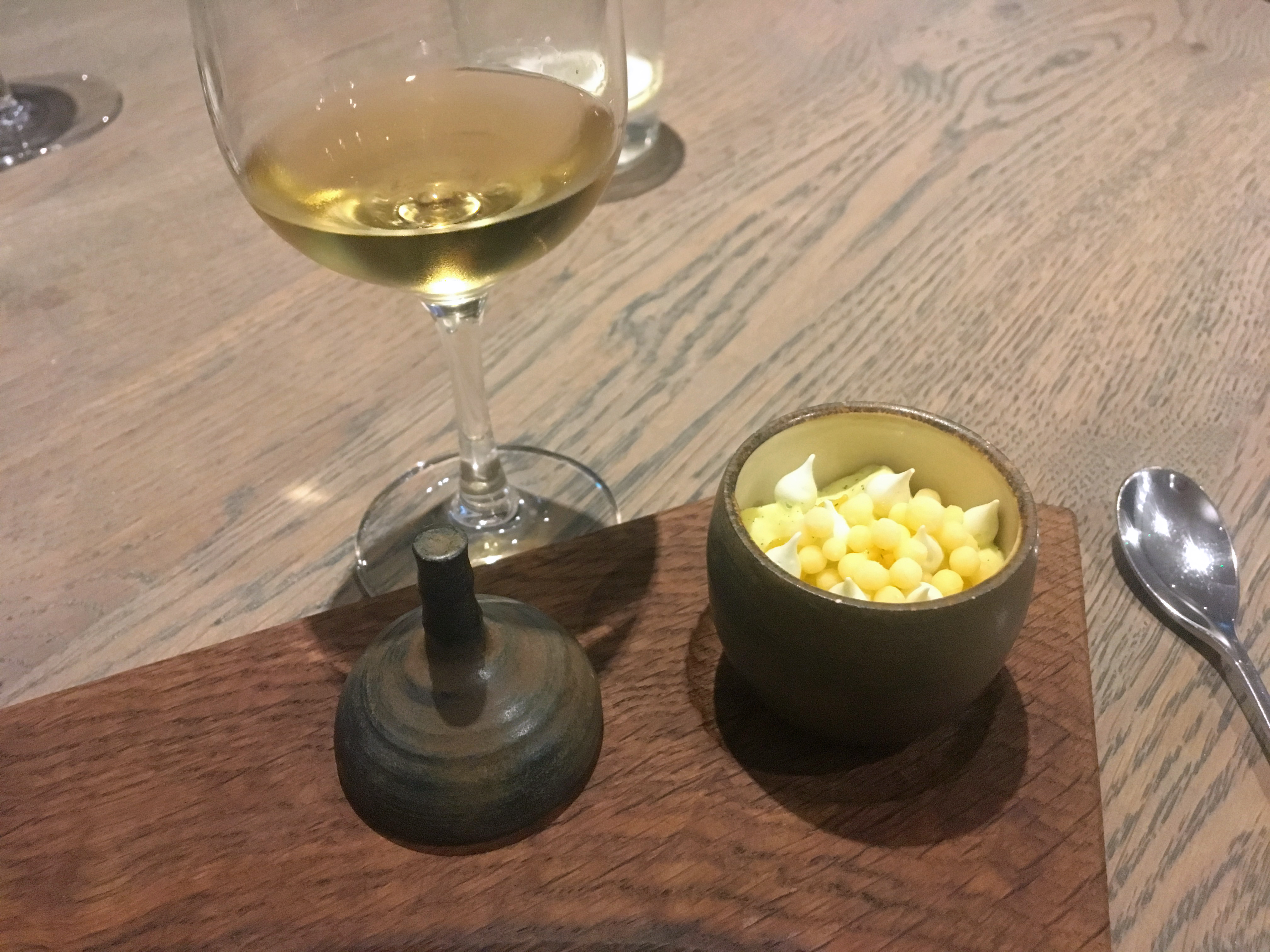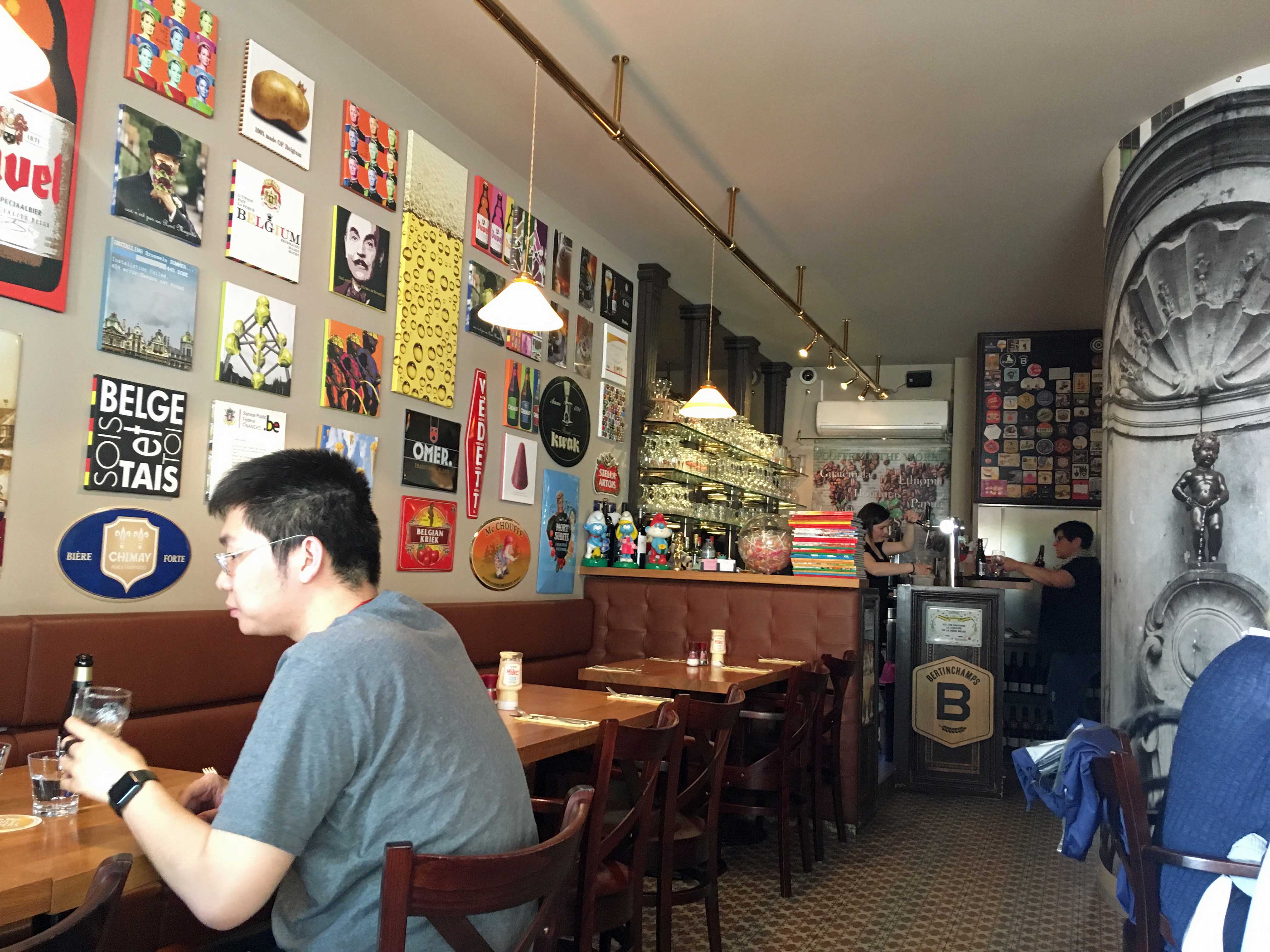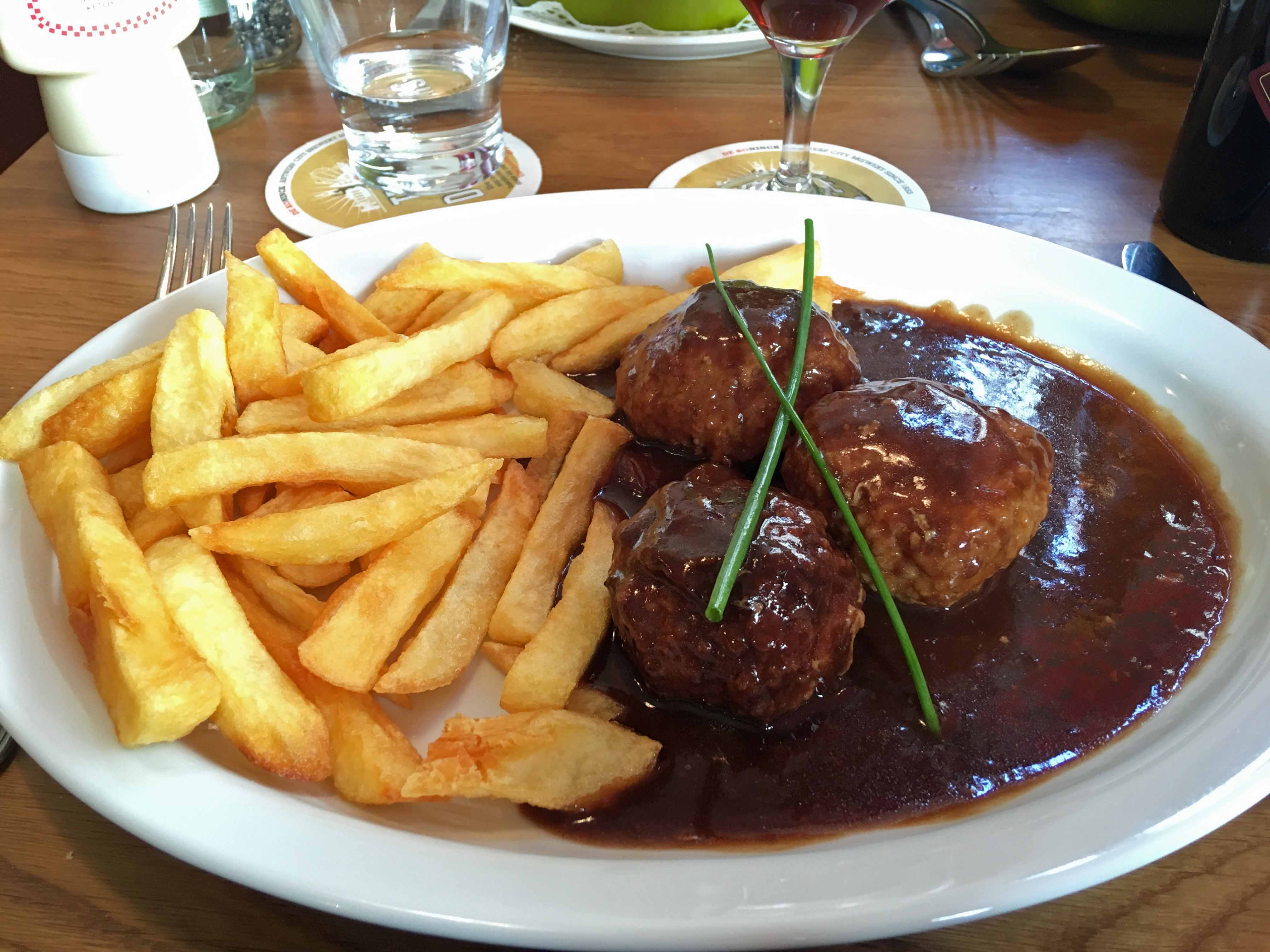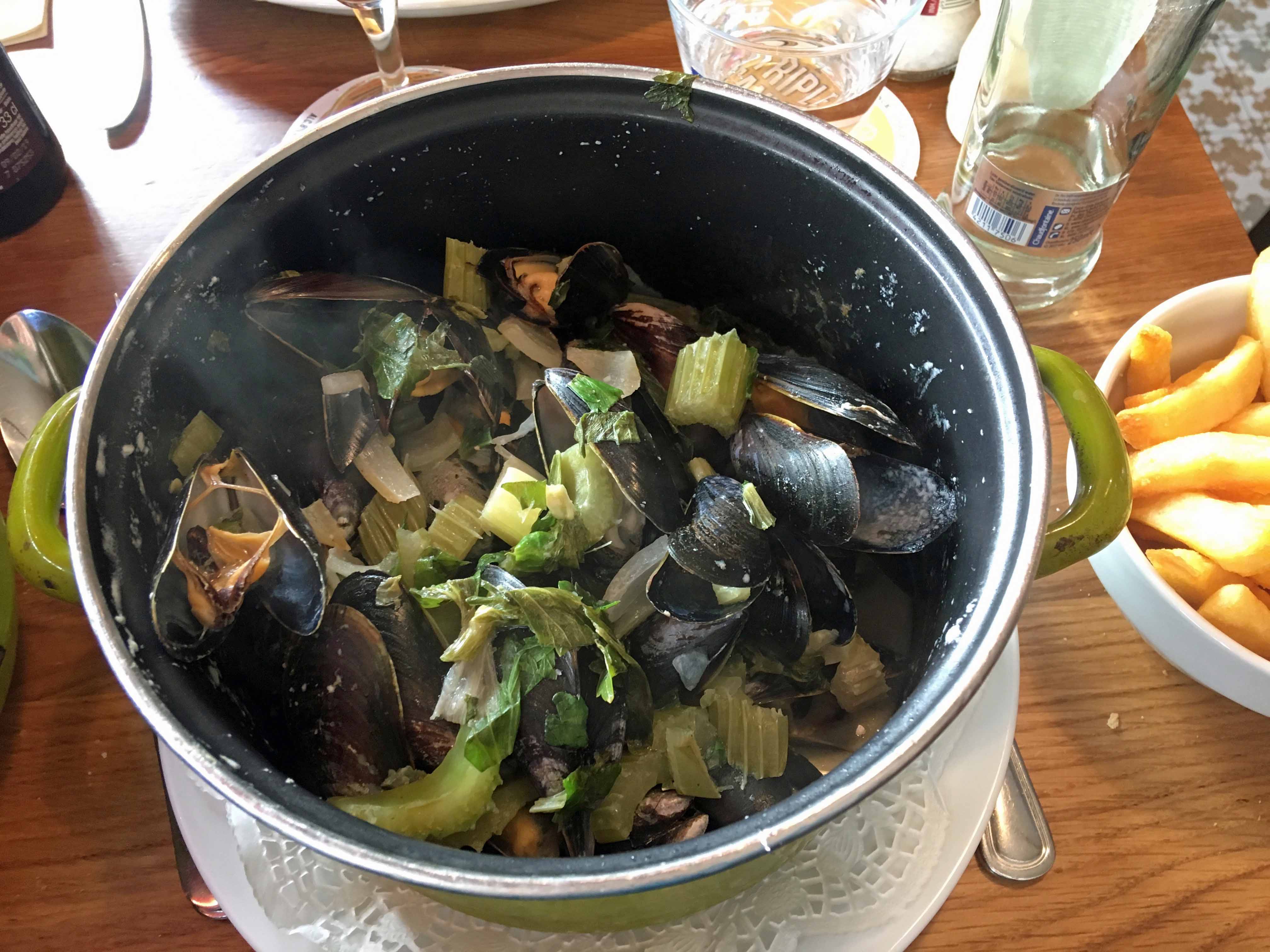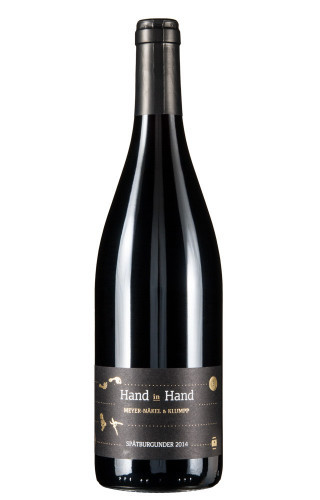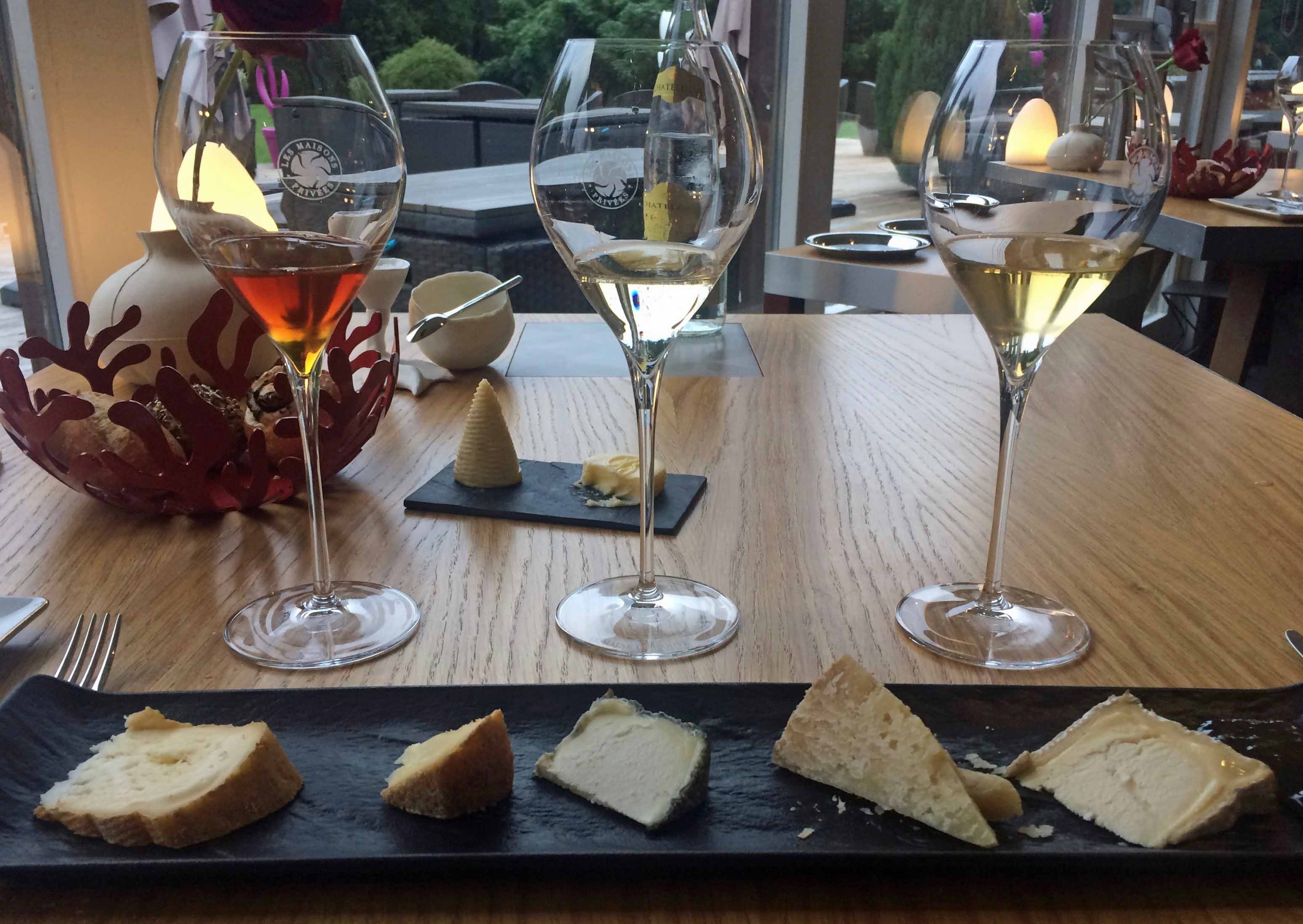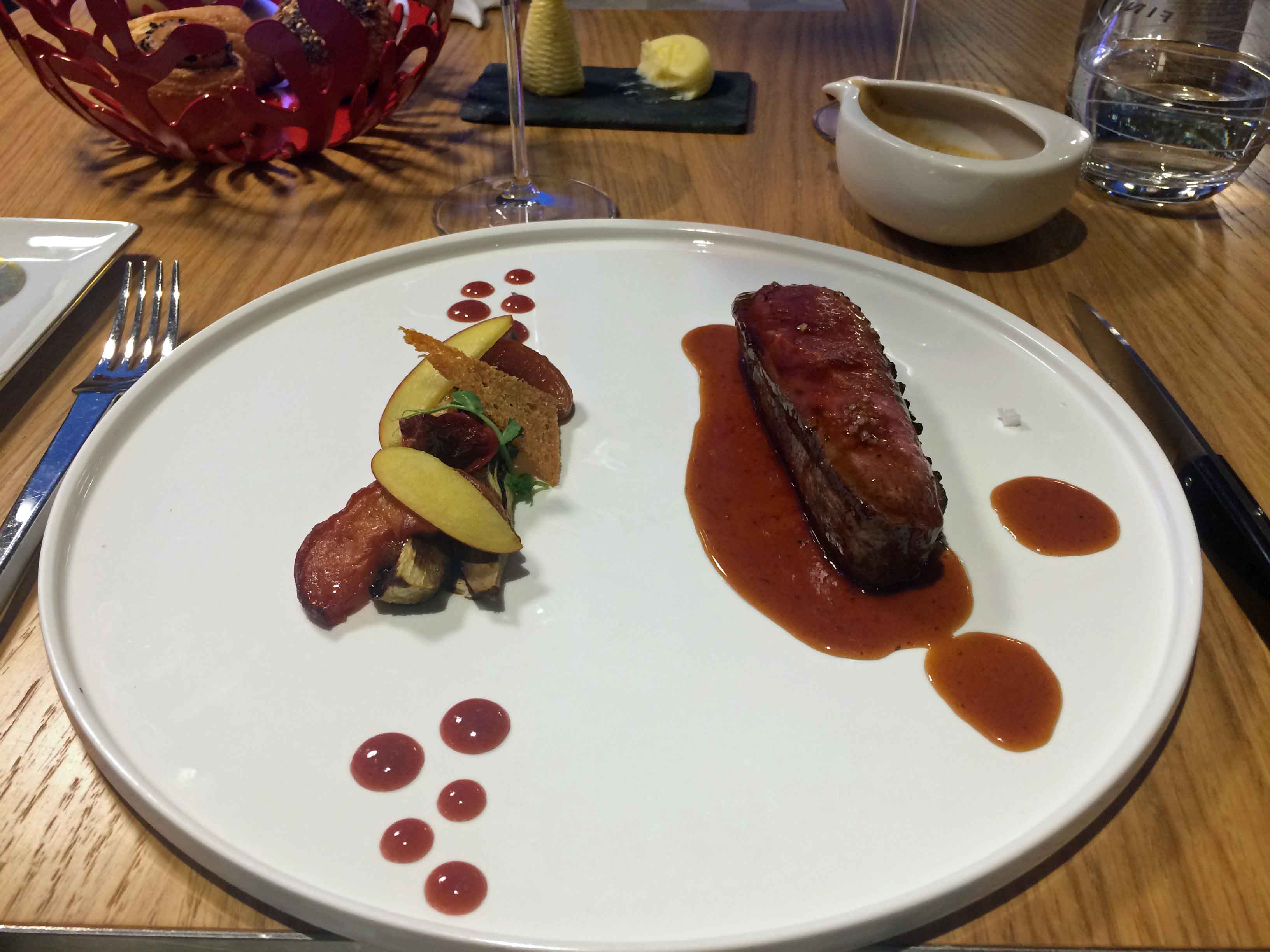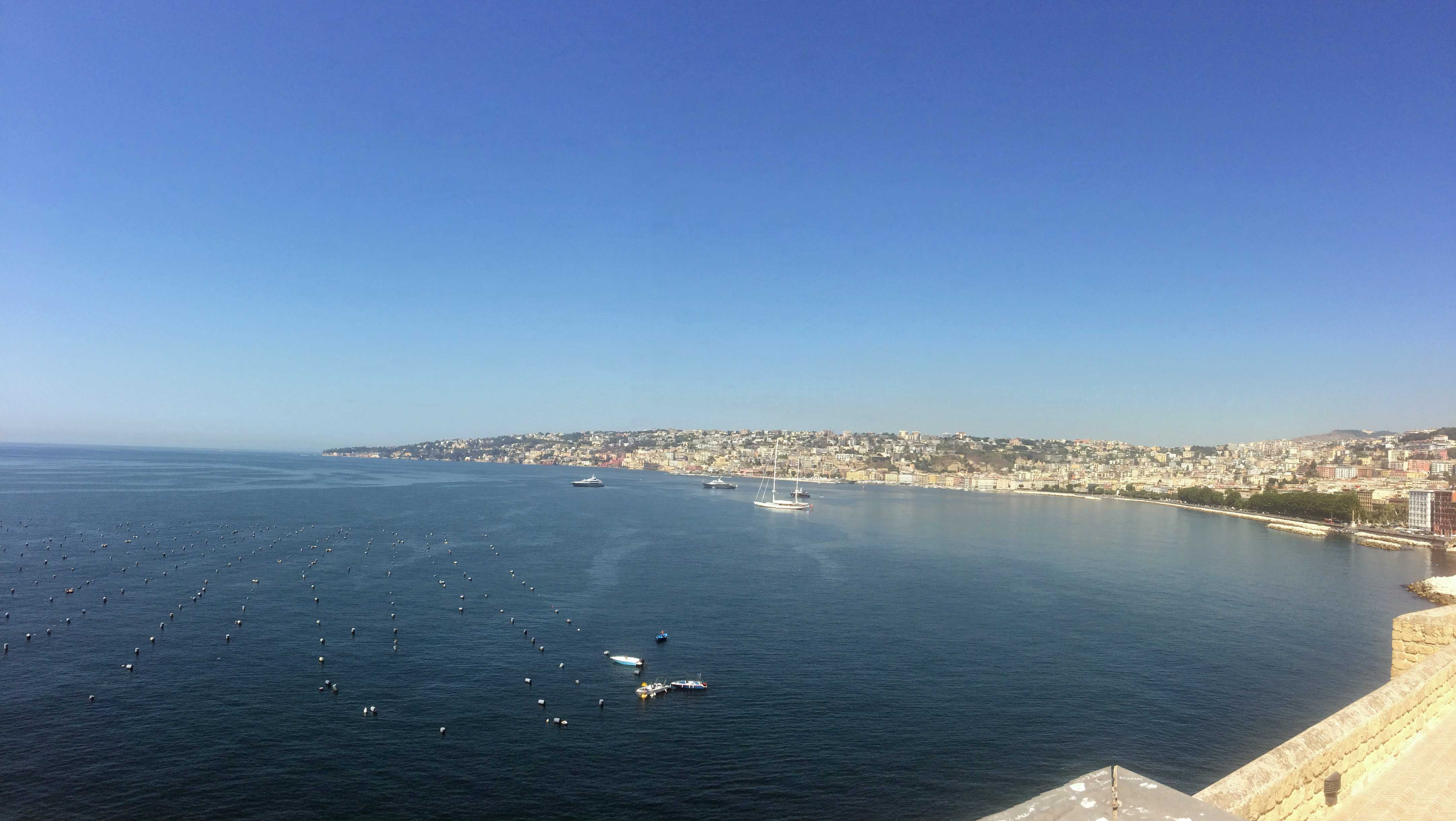
Lavenham, Suffolk, bills itself as England’s best preserved medieval town. As a bit of a history buff it is a place DonQui has wanted to visit for some time. Even though it is not far from his home paddock on the Suffolk coast, he has not managed it until now.

In the heart of Suffolk, not too far from Bury St. Edmunds, Lavenham is not easy to find. There are no main roads and no rail lines. To get there DonQui has to wind his way along narrow country lanes with only just enough room for two cars coming in opposite directions to squeeze past each other. Perhaps this is why the place is so well preserved.

If you like old timber-framed houses this is the place for you. Many of the wonky buildings have been standing since the 14th century. Walking around the compact streets DonQui feels as if he has stepped back in time — parked cars notwithstanding.

Fans of Harry Potter may well recognise the De Vere house as Harry’s birthplace from the film The Deathly Hallows.

Several other films have also used the backdrop of Lavenham’s medieval streets as a backdrop.

Many of the houses have pink plaster. The colour is still known today as ’Suffolk pink’. Originally this colour was obtained by mixing pigs’ blood with the plaster. DonQui assumes that the modern versions are more likely made by chemical combinations to match the natural original.

Most of the buildings can only be admired from the outside but the Guildhall can be visited. It has been restored inside along with some excellent exhibits of its origins in the Flanders wool trade.

Later it became a house of correction where the ‘idle and disorderly’ (poor and homeless) were incarcerated in the misguided idea that hard work and cruel conditions would make them more productive members of society.

These reproductions of original notices give DonQui an idea of the fate of those unfortunates. One woman was incarcerated for having brought two children with smallpox into the town.
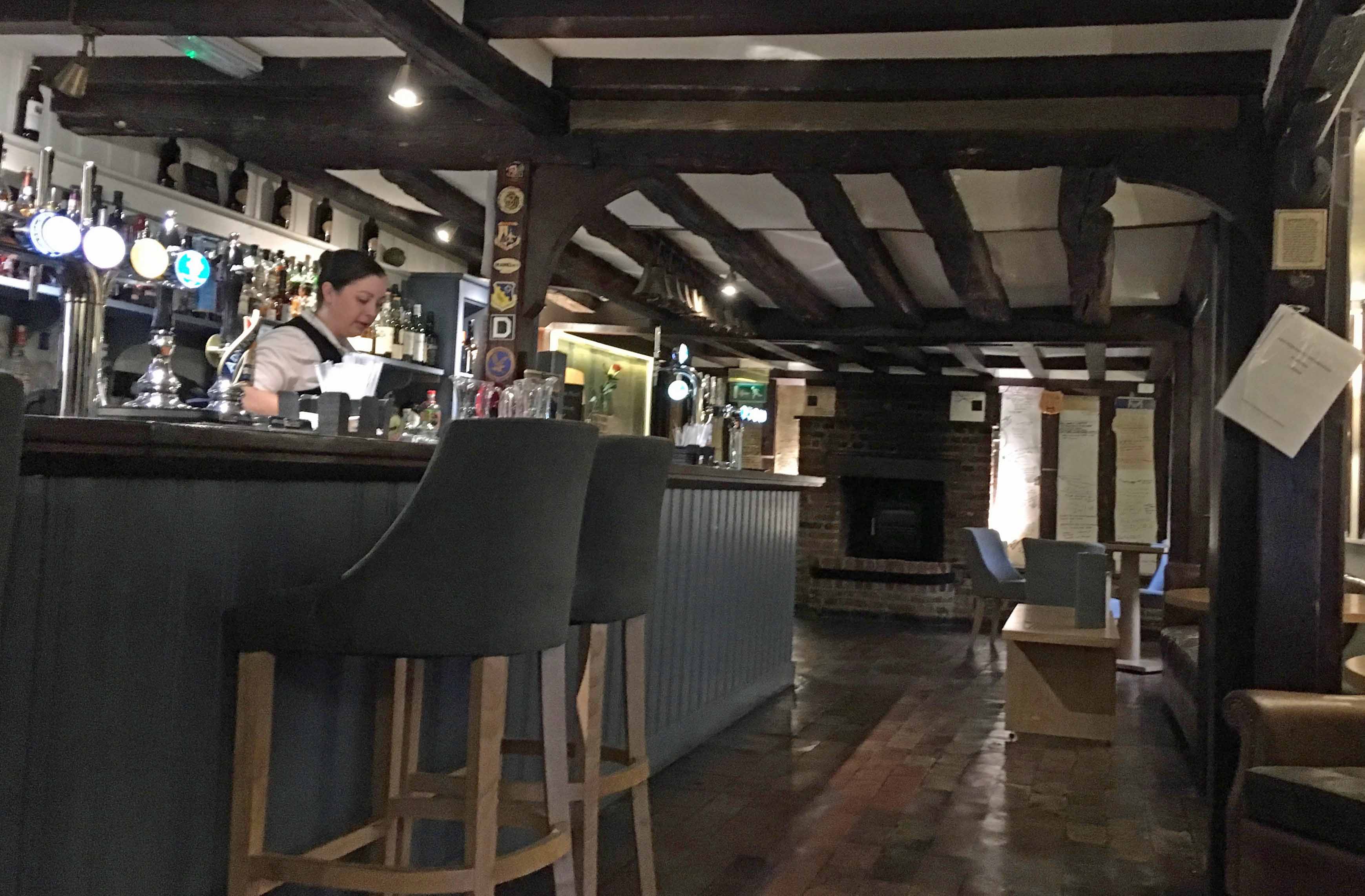
There is also a bit of relatively modern history to the place. RAF Lavenham was an active airfield during the second world war and was home to the USAAF’ s 487th Bombardment Group which flew 185 missions between May 1944 and April 1945 with the loss of 233 lives. The Airmen’s Bar in the Swan Hotel is dedicated to their memory.
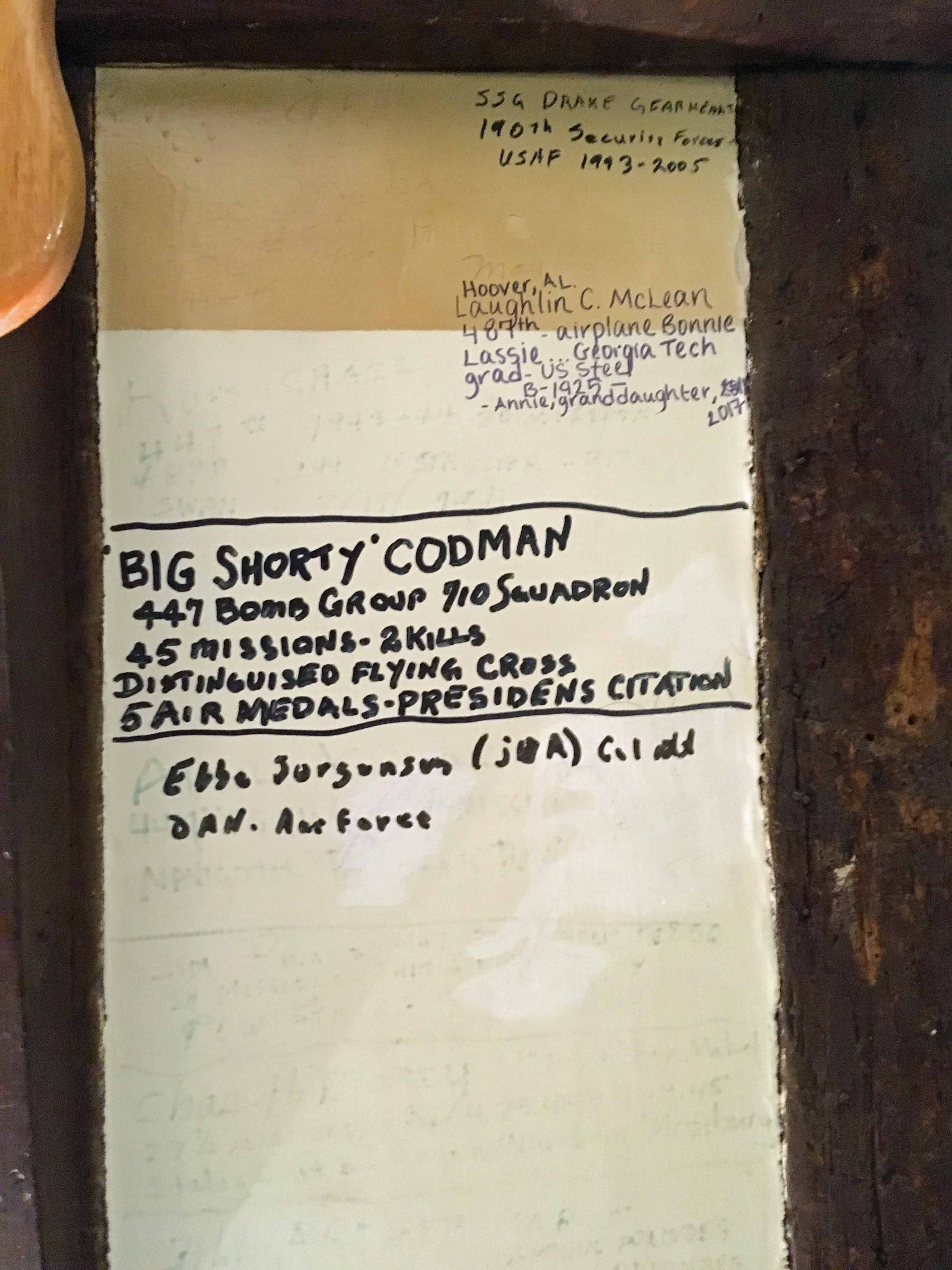
Original graffiti from British and American pilots adorns the walls along with modern additions from returning veterans and their offspring.

DonQui particularly likes the ‘boot record’ from 1940 which lists the times it took various British servicemen to drink a ‘boot’ of beer. Ironically this is a German tradition in which a couple of litres of beer are drunk in one go from a glass in the shape of a boot. DonQui did this in his younger days when he was living in Germany. The trick is to keep the toe of the boot pointing down otherwise an air-bubble will cause the drinker to be drenched, much to the amusement of the on-lookers.

DonQui takes his hat off to W.H. Culling of the RAF who drank the boot in an incredible 59 seconds on 5 July 1940 only to do it again eight days later in 40 seconds!
Lavenham has plenty of excellent watering holes. These include:

The Great House. This is where DonQui stayed and he reviewed it fully in his previous post. As boutique hotel with only 5 rooms it must be reserved well in advance. If you cannot get a room there, DonQui recommends treating yourself to at least one meal in the wonderful French restaurant.
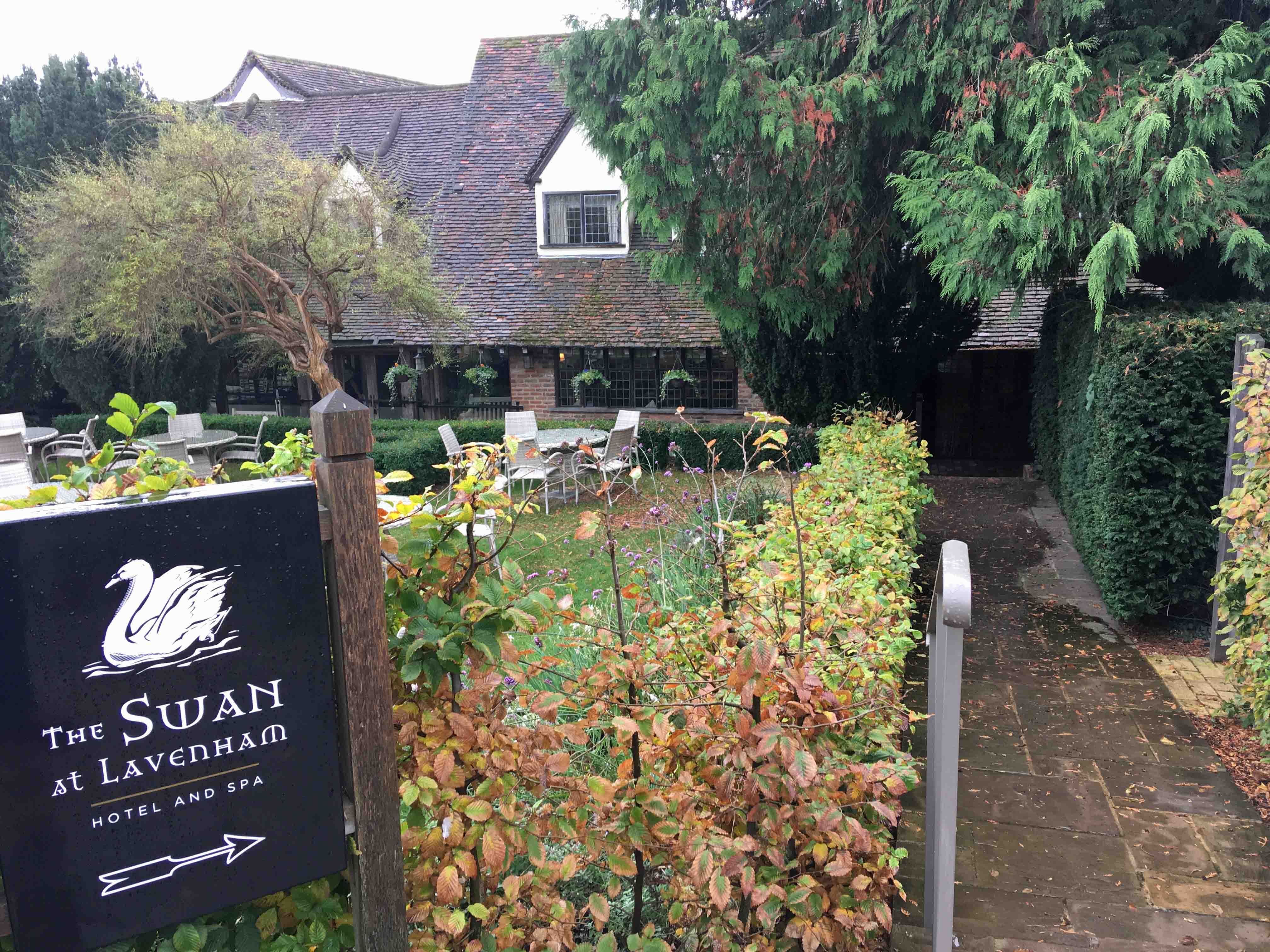
The Swan. Home of the atmospheric Airmen’s Bar, the Swan also has rooms and two eating possibilities.

The restaurant is excellent, offering modern British cuisine of nearly the same quality as The Great House although it does not have quite the same ambiance. Duchess proclaims her goat’s cheese pannacotta with beetroot granita as one of the most interesting dishes she has ever tasted.
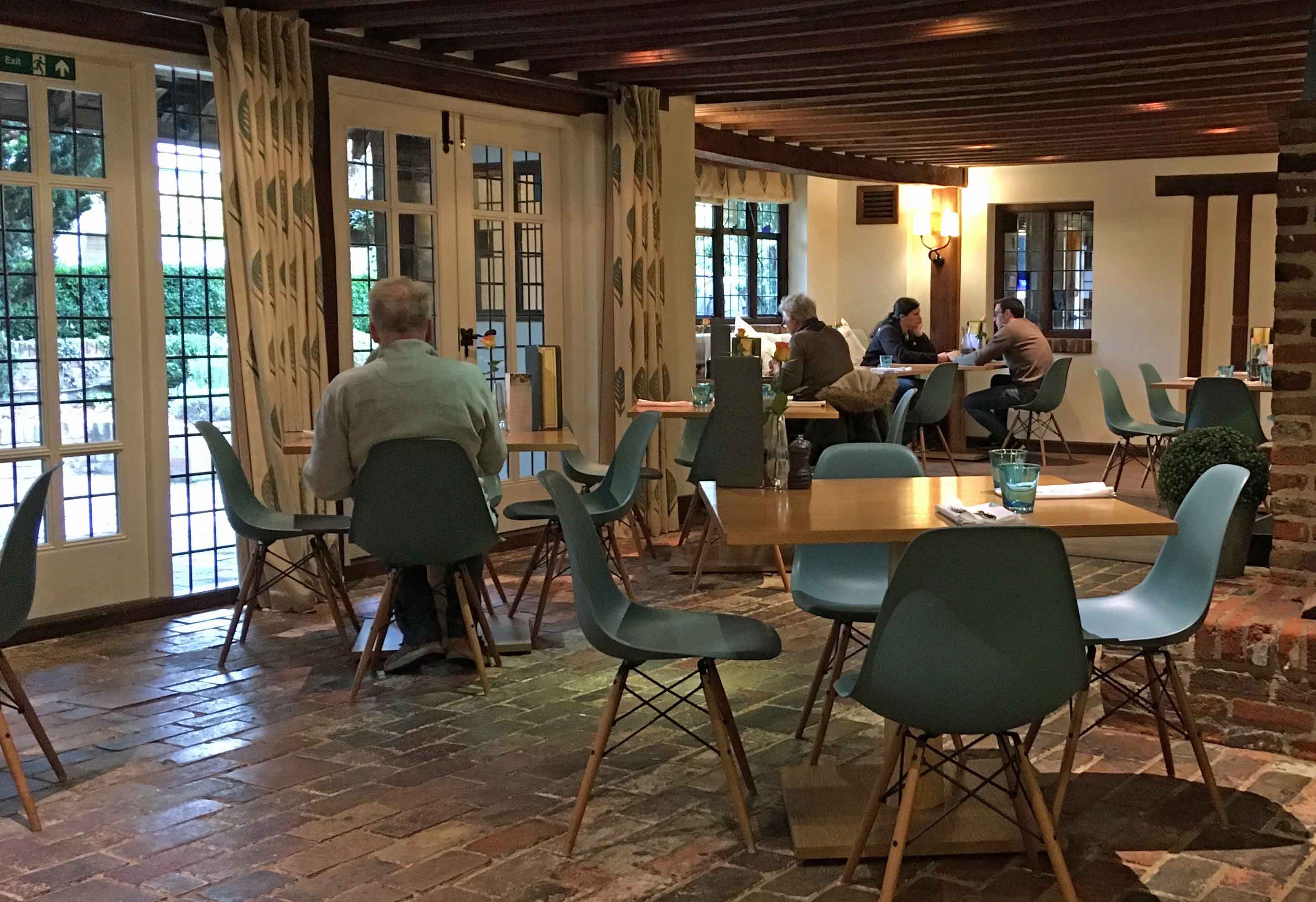
The Swan’s Brasserie is more casual but with a bunch of tables and plastic chairs set up in a hallway, DonQui is not tempted.

Attached to the Swan is an excellent Spa with a full range of treatments and a hot tub.

Number 10 gets good reviews on TripAdvisor. The old timbered building and interesting menu posted outside tempts DonQui. When he goes inside to potentially make a reservation his ears are assaulted with the sounds of manufactured pop music of the worst kind. When he asks if this sort of stuff is played through dinner he is informed that it is. With a gentle snort he turns on his hooves and looks elsewhere.

The Lavenham Greyhound is a Greene King pub. DonQui goes in for an afternoon drink and enjoys it. He cannot vouch for the food but the menu has fairly typical good pub food options. The bowls of soup he sees being brought to another table look good.

The Guildhall has a very good café offering tea, coffee and baked goods. Their scones are baked on the premises and DonQui tucks into one along with clotted cream and a blackcurrant jam while Duchess takes hers with raspberry jam. The scones are truly excellent. It is well worth a stop.
52.107589
0.795457
